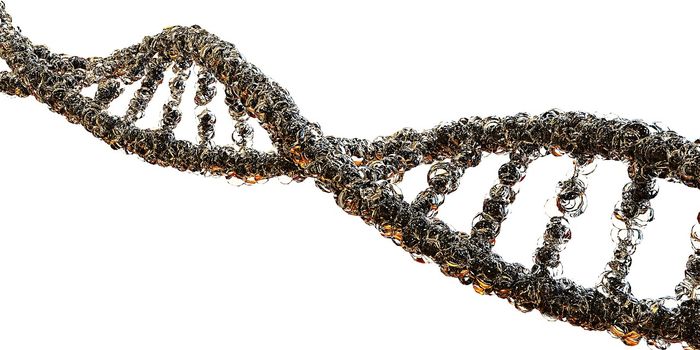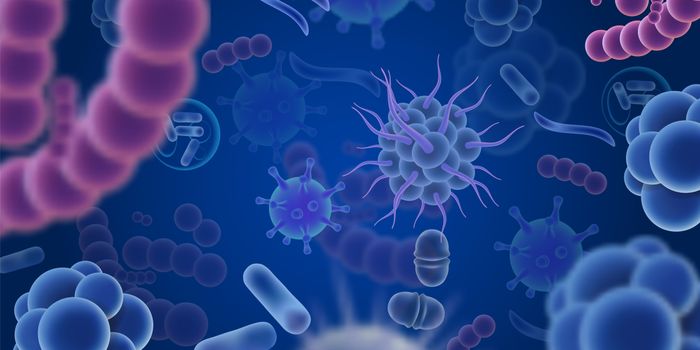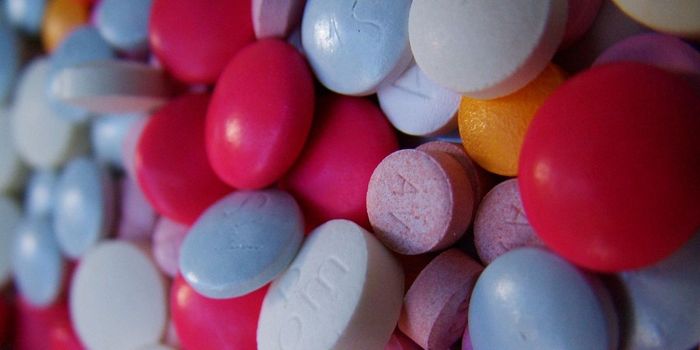The Influence of Gut Microbes Extends to Tissue Regeneration
In recent years, we have learned a lot about the crucial role gut microbes play in our health and well being. The extent of their influence can be surprising at times. Research has shown that gut microbes can impact the repair of tissue damage by fueling the production of a type of immune cell called Tregs, or regulatory T cells. These cells reside in various tissues and help regulate inflammation and immunity in different organs. But new work has shown that Tregs can also move around the body and respond when they are called to help fix injuries and tissue damage, such as in the muscles and liver. The findings, which used a mouse model and still have to be confirmed in humans, have been reported in the journal Immunity.
There are Tregs that reside in the colon, and these cells are known to play an important role in the maintenance of gut health. The immune system in the gut has to protect us from infection while also ignoring the harmless or beneficial microbes in the gut microbiome. Gut microbes have also been known to affect Treg production. But colonic Tregs were thought to stay in the gut. In this study, the investigators found colonic Tregs among muscle cells.
First study author Bola Hanna, a research fellow in immunology at Harvard Medical School (HMS) noticed cells that looked like gut-derived Tregs among muscle tissue. The researchers wanted to known more about these mysterious cells. First, they confirmed the identity of the Tregs by analyzing gene expression and molecular characteristics. This indicated that these cells were just like colonic Tregs. Next, the investigators tagged those cells and watched as they moved around the bodies of a mouse model. The researchers assessed the antigens on these cells as well, confirming that they were equivalent to Tregs from the gut.
When a mouse model was created to lack these Tregs, and was then subjected to muscle injury, the mice had high levels of inflammation and difficulty healing. When healing did happen, it was accompanied by scarring.
In another experiment, mice were given antibiotics to reduce the levels of gut microbes. Once again, when muscle injury occurred, it took longer to heal. But if the gut microbiome was restored, normal healing commenced.
The colonic Tregs are promoting healing in muscles by reducing the levels of an inflammatory molecule called IL-17.
The investigators also found evidence of gut Tregs in different organs including the kidneys, liver, and spleen. In a mouse model of fatty liver disease, there were unusually high levels of colonic Tregs compared to healthy mice, suggesting that Tregs are influencing inflammation in a variety of tissues.
In the mouse model of fatty liver disease, symptoms got worse when the mice lacked Tregs, which also seems to confirm that colonic Tregs are playing an important role in countering the effects of inflammation due to fatty liver disease.
"Our observations indicate that gut microbes drive the production of a class of regulatory T cells that are constantly exiting the gut and act as sentries that sense damage at distant sites in the body and then act as emissaries to repair that damage," explained senior study author Diane Mathis, a professor of immunology in the Blavatnik Institute at HMS. This work may also help scientists create therapies for fatty liver disease.
Sources: Harvard Medical School, Immunity









